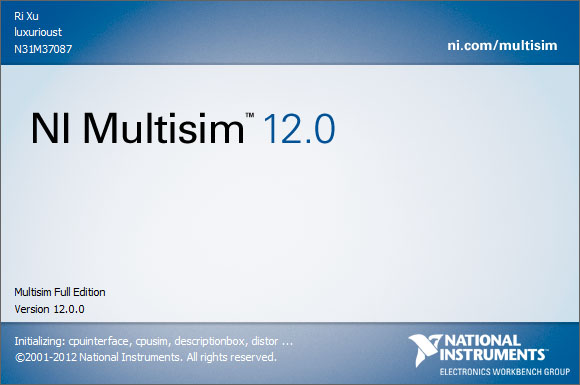

The rest of the process is outlined in an NI white paper tutorial that may help. I'll only focus on Vivado in this I'ble, so I leave it to you to ensure you have the correct ISE specific files. You will also need one of Digilent's newer FPGA boards built around the Artix-7 chip.īe aware that this same process can be applied to Digilent's older FPGA boards built around the Spartan-6 chip, but you'll need to have Xilinx's older ISE environment installed. Be sure to move LabVIEW 2016 before you try and open it to avoid any possible issues. I don't know if this is absolutely necessary as I didn't try it before to find out. Since Multisim and LabVIEW need to talk to each other, I moved the LabVIEW directory into "C:\Program Files (x86)\National Instruments" to ensure that they could.

Note that when I installed LabVIEW 2016, it installed into "C:\Program Files\National Instruments" and not "C:\Program Files (x86)\National Instruments". Be sure to restart your computer after each program is finished installing. Install LabVIEW first as some of Multisim's files need LabVIEW to already be installed if you want them to talk to each other. Multisim 14.0 or higher (click here for more Multisim info and to download from NI) LabVIEW 2014 or higher (click here for more LabVIEW info and to download from NI)


Designing electric circuits is one of the most complicated disciplines of the electrical engineering field, and it's necessary to use very advanced software to be able to design the circuits properly and to be able to check if there aren't any problems in the design.


 0 kommentar(er)
0 kommentar(er)
